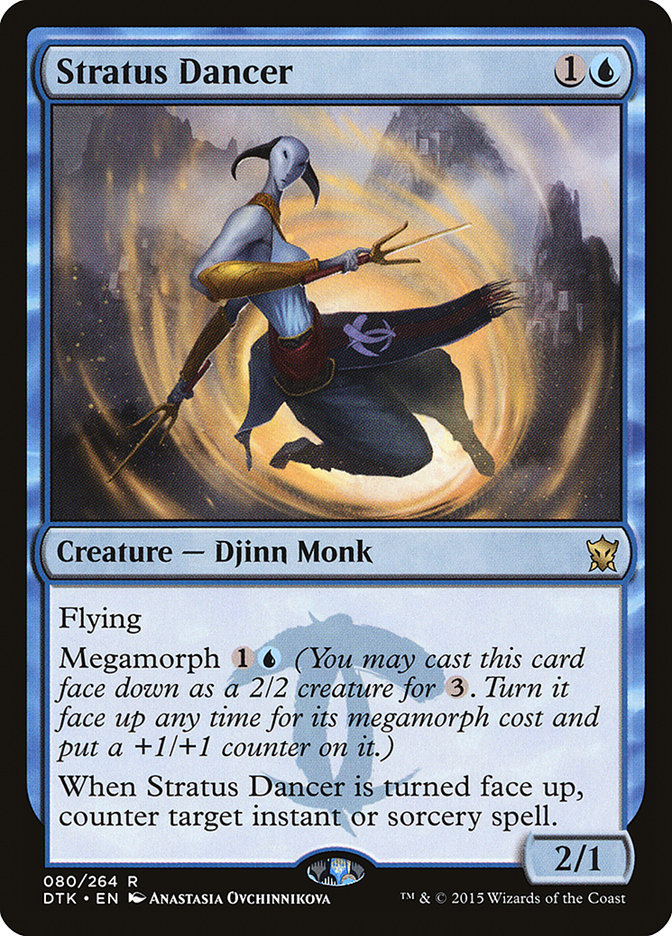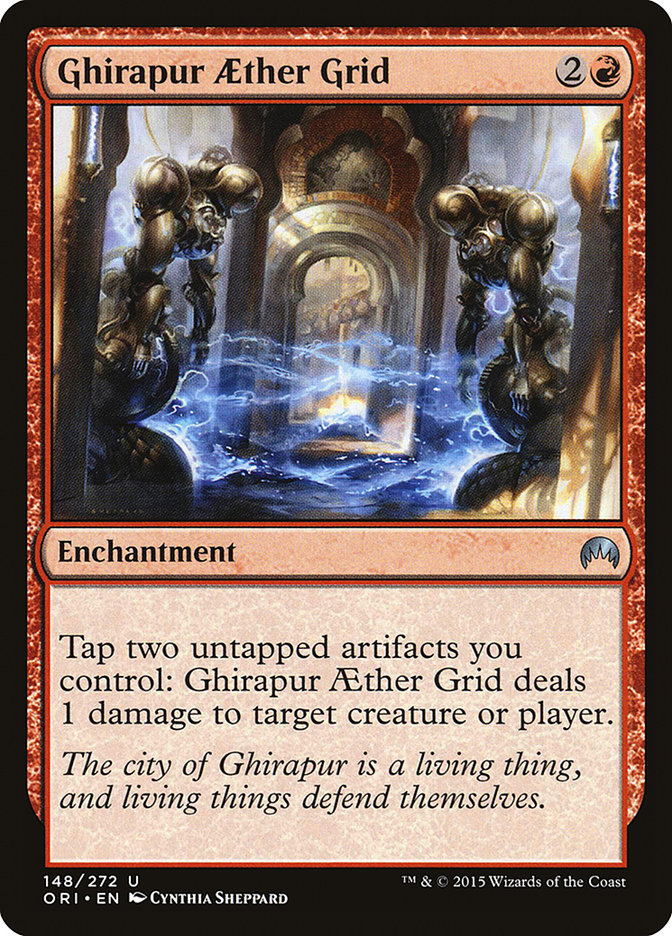Worlds is over and done and now, while we begin the ramp up to Battle for Zendikar, there are still plenty of events to be had in Standard before things rotate. For my part, watching the coverage from the sidelines at home in Madison, it was heartening to have fellow Madisonian Samuel Black come back to make the Top Four, and I was definitely very excited to see Seth Manfield’s victory. He’s quietly been doing great at the Pro Tour this last year, and until now hasn’t gotten nearly the credit he deserved. In our team’s playtesting for Pro Tour Khans of Tarkir, Seth was the one who figured out how to win Ari Lax’s quarterfinal matchup, and I definitely was happy to see his diligence and hard work pay off at PAX in Seattle.
The event is quite a bizarre one in many ways. With only 24 players working on metagames becomes particularly odd, as the field is going to homogenize quite a bit. With nearly everyone working in a least pairs of mini-teams, this would mean that you could expect very little ‘oddball’ deck choices from anyone, and you could likely expect that you’d see very little in the way of innovation as well. These players are among the top in the game, a collection of Pro Tour Champions and the year’s top performers. At this level, there is a lot to be said about choosing a safe list rather than trying to ‘break it’ especially given just how many formats there are and how few rounds you actually play in any particular format.
Standard
To witness the homogeneity, check out the field:
Jeskai: 7
Abzan Control: 5
Esper Dragons: 5
Abzan Aggro: 3
Atarka Red: 2
Mono-White Devotion: 1
G/R Dragons: 1
Call me crazy, but to me this feels like it would have been an incredible format to have played U/B Control in!* I know, I know – it’s easy enough to call it my pet deck, and to say of course I’d think that, but to me this looks like it would probably be great for the deck, with the important question of, “How many copies of Stratus Dancer are running around in Jeskai?”
Of course, the most popular deck may have been Jeskai and the deck Seth Manfield had in his hands may have been Abzan Control, but how did all of these decks perform overall?
It is worth noting that this isn’t just a multiple-format event like a Pro Tour, this is a format where there are four formats. Unraveling this isn’t really particularly possible, in the purest sense of the word. Unlike the data mining I did for Magic Origins and other Pro Tours, there is only half as many rounds of data to work with, and far fewer players to boot, so things end up muddier. Still, we only have to work with the data we have rather than the data we want – despite the fact that that data is cloudy, murky, or muddy.
One of the first things we can look at is match counts. How did these decks perform at large?
The three undefeated decks were Sam Black with Mono-White Devotion, Seth Manfield with Abzan Control, and Magnus Lantto with Atarka Red. The two decks that failed to find a single victory were two of Seth’s teammates, Ari Lax and Steve Rubin, with Abzan Control.
White Devotion – 100% – 4 wins, 0 losses
Atarka Red – 62.5% – 5 wins, 3 losses
Jeskai – 53.5% – 15 wins, 13 losses
Abzan Aggro – 50% – 6 wins, 6 losses
R/G Dragons – 50% – 2 wins, 2 losses
Abzan Control – 40% – 8 wins, 12 losses
Esper Dragons – 40% – 8 wins, 12 losses
Well, clearly this means that we should all play Mono-White Devotion, right?
Here is his deck:
Creatures (25)
- 4 Knight of the White Orchid
- 4 Soldier of the Pantheon
- 3 Brimaz, King of Oreskos
- 4 Wingmate Roc
- 1 Anafenza, Kin-Tree Spirit
- 2 Kytheon, Hero of Akros
- 4 Archangel of Tithes
- 3 Hangarback Walker
Lands (25)
Spells (10)

Sam beat Martin Dang with Atarka Red, Yuuya Watanabe with Jeskai, Paulo Vitor Damo da Rosa with Esper Dragons, and Owen Turtenwald with Abzan Control. I actually like all of his matchups, except for the one against Owen… if we were just to name archetypes, I’d expect PV’s to be a problem, but looking at his specific list I’m not all that convinced, actually, as it appears to me he is slightly shirking his removal, his manabase makes those Bile Blights less reliable than I’d like, he isn’t running a great many planeswalkers, and his sideboard doesn’t make up much of the difference.
Owen’s deck, though, looks like a classic problem deck for a deck like Sam’s. In our testing in Dragons of Tarkir, the various different Abzan lists were often the exact reason why aggressive strategies with a midrange slant like this often had to be abandoned: you had aggressive draws, but you weren’t a pure aggro deck, you were a midrange aggro deck – and anything less than a good draw paired with a sub-par draw from your opponent? Well, usually that meant you lost. I think Sam would agree that his win versus Owen was an upset.
Unfortunately for Sam, his Top Four match versus Seth Manfield was not only going to be a repeat of the same archetype, but as a best-of-five match he was even less likely to win it. He was taken down in pretty convincing fashion.
Now obviously, as the only player playing a deck, his going 4-0 doesn’t mean that we can in any way claim that it was the best deck from the tournament. Nor, though, can we claim that this honor belongs to Abzan, even though it was represented by three different players in the Top 4 – this was a mixed-format event, after all. But it does seem likely that Mono-White Devotion, overall, is just a very good deck. When you think about it, each of these cards truly is very powerful:
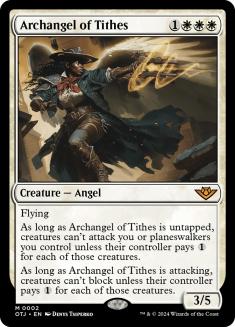
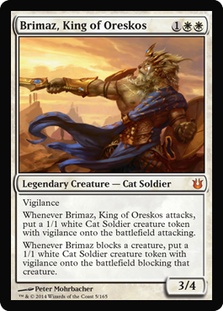
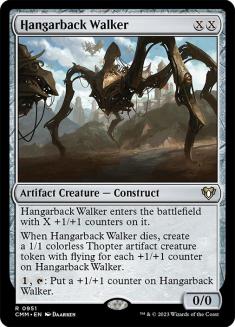
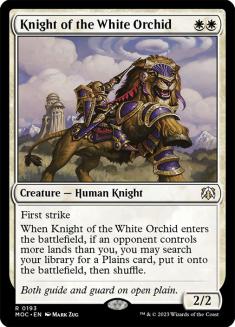
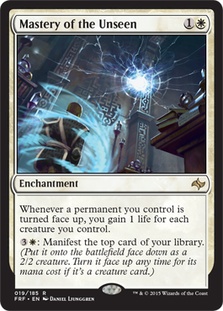
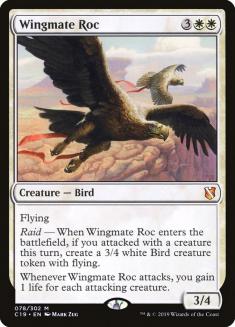
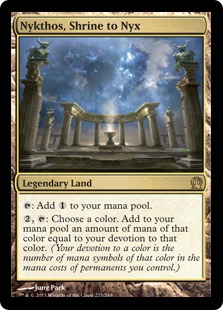
I’ve heard a lot of people denigrating this deck, but one thing you cannot do with it is pretend that it isn’t capable of very powerful plays. For me, I’ve spent a lot of time looking at Archangel of Tithes, incredibly intrigued by it, and that is notwithstanding Nykthos. Propaganda and Ghostly Prison are incredible defensive cards, to be certain, but the aggressive portion of Archangel of Tithes is actually quite remarkable.
In part because it was such a small field, and in part because of the nature of a mixed format, we have a very flat curve of results to try to examine. That being said, it is somewhat remarkable that the top portions of the field do tend to appear to be more represented collectively by aggressive decks. One of the other 4-0 decks was Magnus Lantto with Atarka Red.
Creatures (15)
- 4 Foundry Street Denizen
- 1 Goblin Rabblemaster
- 4 Monastery Swiftspear
- 3 Zurgo Bellstriker
- 3 Abbot of Keral Keep
Lands (20)
Spells (25)

Now, one might be asking, what happened to the Mono-Red Aggro decks that we saw at the Pro Tour? The best-performing deck, after all, was this one:
Creatures (20)
- 4 Eidolon of the Great Revel
- 4 Monastery Swiftspear
- 1 Goblin Heelcutter
- 2 Lightning Berserker
- 3 Zurgo Bellstriker
- 2 Chandra, Fire of Kaladesh
- 4 Abbot of Keral Keep
Lands (21)
- 21 Mountain
Spells (19)

These are two wildly different decks! Other than a small update (Abbot of Keral Keep), there isn’t really all that much that is different between the Atarka Red of Worlds and the Atarka Red of Pro Tour Dragons of Tarkir. After builds of Red Aggro more similar to Stephen Neal had such an impact at Pro Tour Magic Origins (Joel Larsson would win with his own version), why depart from that to go back to an Atarka Red build?
I think a huge portion of it can be discovered in what we learned in Team UltraPRO’s testing for Pro Tour Magic Origins. At large, the team was definitely interested in stepping away from the token-based strategy of the past in favor of a burn-heavy strategy where Searing Blood could help be a part of a plan that might make use of the attack phase but could dodge it if it had to. Anti-plans, like the Arashin Cleric/Drown in Sorrow sideboard in Abzan employed by Lucas Siow to win Grand Prix Toronto, would be far less effective if you weren’t as dedicated to attacking or establishing the board.
Why return to the token strategy, then?
In part, I believe it was because the methods which players employed to beat Red Aggro strategies had shifted their gaze to Joel Larsson/Stephen Neal-style decks and had turned their gaze away from the kind played by Martin Dang to win Pro Tour Dragons of Tarkir. Against a goldfish, Atarka Red is just a much more effective and explosive deck; the reason to shift towards the burn-heavy builds is if you believe that people will be prepared for the style of attack that Atarka Red brings. Now the opponent’s focus is pulling in that other direction, so Atarka Red’s opponents are just that much more likely to look like a goldfish than a sniper.
One of the minor criticisms I’ve heard from many is that there are only three Abbot of Keral Keep in the deck. I am actually quite sympathetic to three copies of the card. The proposed potential cuts are all very fundamental to the deck’s power. Cutting another creature seems unthinkable. Of the spells, we have a collection of 4-ofs and a single Become Immense. That first Become Immense is, pardon the turn of phrase, an immensely powerful card in the deck. Every single one of the rest of the cards are a powerful and efficient burn spell or a Dragon Fodder/Hordeling Outburst. Do we cut a Wild Slash? An Atarka’s Command?
Seriously, looking at the list, I find it more reasonable to believe I should cut the fourth Abbot of Keral Keep than anything else. I’d be curious to hear what Martin Dang and Magnus Lantto think…
Personally, leading into Pro Tour Magic Origins, I was a bit on the side of a tokens-style strategy. By the time of the Pro Tour, I had been brought fully on board to the non-token strategy employed by Team UltraPRO (though I played U/B Control,* largely out of metagame considerations and personal preference). For Worlds, I think that Lannto and Dang were right to play the “retro” strategy.
Moving forward?
I think it really is going to take some looking into the tea leaves, and is something you’ll have to make the call on week-to-week. Do you perceive people being more interested in big, slow sweeps of life gain (Dragonlord Dromoka) or do you perceive people being more interested in regular creature suppression (Drown in Sorrow/Pharika’s Cure)? In the first case, Atarka Red is your call; in the second, you’d better go burn-heavy with Mono-Red Aggro (a la Larsson/Neal). In many ways, these choices can exist outside of the specific context of Abzan, of course, but Abzan’s choices are often indicative of what a field might be up to.
Speaking of Abzan, I’m not going to comment on the deck, but I do want to just bask in the glory of the World Championship-winning list:
Creatures (14)
Planeswalkers (3)
Lands (26)
Spells (17)

Great work, Seth!
(A Little) Modern
If Standard at Worlds was hard to read, Modern might be even more so.
Here are the archetypes played, and their representation.
Affinity – 6
Living End – 4
Twin (all varieties) – 3
G/W Hexproof – 3
W/B Tokens – 2
Merfolk – 1
Jund – 1
Burn – 1
U/W Control – 1
U/R Pyromancer -1
Abzan – 1
If we just look at the decks played by three or more people, we can see something interesting as well:
Living End – 56.3% – 9 wins, 7 losses
Affinity – 54.2% – 13 wins, 11 losses
Twin – 41.7% – 5 wins, 7 losses
G/W Hexproof- 33.3% – 4 wins, 8 losses
Only a single deck had a player who didn’t lose a match, Living End. Here is his list:
Creatures (27)
- 3 Simian Spirit Guide
- 4 Street Wraith
- 1 Faerie Macabre
- 4 Fulminator Mage
- 2 Jungle Weaver
- 4 Architects of Will
- 1 Pale Recluse
- 4 Monstrous Carabid
- 4 Deadshot Minotaur
Lands (19)
Spells (14)
Sideboard

I’m not a huge Living End player, but I do love cards like Jungle Weaver making the cut in Modern (I had a few copies in the 75 of the deck I built for Pro Tour Shards of Alara). This is one of those decks that I generally feel will falls apart if a burst of sunlight sits on it for any length of time, like a musty old vampire thrown on the lawn at noon. Still, I like that it can have these powerful moments where a Violent Outburst will suddenly cause the resurrection of a ton of monsters that weren’t there moments earlier, just because your opponent let their guard down for a second. I know I’ve also been on the receiving end of Beast Within suddenly making my plans to stop Living End go completely awry.
If you’re looking for a Modern deck to play, the field is so wide-open that playing a deck like this one is very reasonable. Not only is it a deck that has some proven success, but it also is a card that is powerful on its own terms – if you aren’t prepared to interact with it or race it on your own terms, it will run you over. That is the thing I like about a good Modern deck: it won’t necessarily care about what you’re trying to do, it has its own plan.
The most popular deck, Affinity, only managed a 54% win percentage. However, nearly every player who played it actually went 3-1. When you look at the top of the field, literally half of the winning decklists were Affinity (interestingly, three of them – Black, Turtenwald, and Rietzl – made the Top Four of Worlds).
Here is Paul Rietzl’s build:
Creatures (26)
- 4 Arcbound Ravager
- 4 Ornithopter
- 4 Steel Overseer
- 3 Memnite
- 3 Etched Champion
- 4 Signal Pest
- 4 Vault Skirge
Lands (16)
Spells (18)
Sideboard

One of my favorite things about this list is its single-minded nature. Only the lone Welding Jar even acknowledges that the opponent might do something to interact with you. After sideboarding, this build has the usual suspects of hate (Blood Moon, Relic of Progenitus, Thoughtseize, Stubborn Denial), but you can tell the plan is to keep this stuff at a minimum – let’s just make sure we can continue to kill the opponent.
I personally love the two copies of Ghirapur Aether Grid. To me, this has Sam Black written all over it – letting you come at an opponent sideways and giving you a modicum of control on a table without asking you to sacrifice much (if any) else of your strategy.
I’m heading to Cincinnati this weekend for the Open Series, and it is Modern… so I can tell you I’ve been playing a ton of it (barring problems with Magic Online itself). My top decks, right now, have been whittled down to:
Obliterator Rock
Grixis
Infect
Esper Dragons
I haven’t fully settled on my list, but Modern is a big format. Hopefully I’ll figure it out on my drive there at the very least.
Wish me luck!
* For those who have been asking me, here is my current build of U/B Control in Standard.
Planeswalkers (6)
Lands (27)
Spells (27)

Of course, I have also been experimenting with another build of the deck that runs off of Sphinx’s Tutelage. I had a conversation with a few players at Grand Prix Detroit about the possibility of running it, and it has been really inspiring.
And one last note: I was really glad to see Jackie Lee under the cameras as a commentator. She recently hinted to me that something was coming down the pipeline to this effect and she wouldn’t tell me what it was, but I had my suspicions. I thought she did a good job, and I also think that it is important that we represent, as best we can, a broad cross-section of our community, not just the (many) men.

